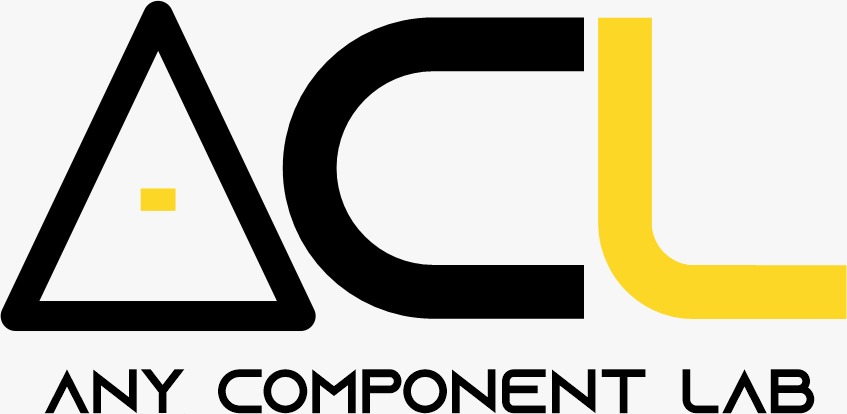Introduction to Arduino

Arduino is an open-source electronics platform based on easy-to-use hardware and software. Initially developed in Italy in 2005, Arduino has since become a global phenomenon, powering countless projects from simple electronic circuits to sophisticated IoT systems. Its simplicity, affordability, and extensive community support have made it a go-to platform for makers, educators, and professionals alike. Arduino boards can sense the environment by receiving inputs from various sensors and affect their surroundings by controlling lights, motors, and other actuators.
Overview of Arduino
The core of the Arduino platform consists of two main components:
Hardware: The Arduino board, a physical microcontroller that can be connected to various inputs and outputs, such as sensors, LEDs, motors, and displays. The board’s design and pin layout make it easy to connect components and start building circuits.
Software: The Arduino IDE (Integrated Development Environment), which is used to write, compile, and upload code (called sketches) to the board. The IDE is based on the C/C++ programming languages, but the syntax is simplified to be beginner-friendly. It also includes a vast library of pre-written code to facilitate the development of various projects.
Arduino’s open-source nature has led to the creation of numerous derivative boards and compatible modules, expanding its ecosystem. This flexibility allows users to scale projects from simple prototypes to more complex systems by integrating sensors, actuators, and communication modules.
Key Features and Capabilities
Ease of Use:
- The Arduino IDE provides a user-friendly interface, enabling even those with no prior programming experience to get started with coding. The IDE includes examples and tutorials that guide users through the basics.
- The plug-and-play nature of Arduino boards allows users to connect components quickly without needing complex circuit designs or soldering.
Open-Source:
- Arduino’s open-source hardware means that the schematics and design files for all official boards are freely available. This transparency encourages innovation and has led to the creation of countless third-party compatible boards and accessories.
- The software, including the IDE and the core libraries, is also open-source. This allows the community to contribute improvements, develop new libraries, and create custom tools.
Wide Community Support:
- With a vast and active community, Arduino users have access to a wealth of resources, including forums, tutorials, guides, and project repositories. This collective knowledge base makes troubleshooting easier and accelerates the learning process.
- The Arduino website itself hosts a large collection of tutorials and sample projects, ranging from beginner to advanced levels, covering a wide array of applications.
Versatility:
- Arduino boards can interface with various sensors (temperature, humidity, light, etc.), output devices (LEDs, motors, speakers), and communication modules (Wi-Fi, Bluetooth, GSM). This versatility makes them suitable for everything from simple DIY projects to complex systems like home automation and robotics.
- Arduino’s cross-platform capabilities allow it to run on various operating systems (Windows, macOS, Linux), and it can be programmed using other environments (e.g., PlatformIO, Visual Studio Code) or languages (e.g., Python with Firmata, JavaScript with Johnny-Five).
Cross-Platform:
- The Arduino IDE is compatible with multiple operating systems, ensuring that users are not limited by their computer’s OS. Whether on Windows, macOS, or Linux, users can develop and upload code to their Arduino boards seamlessly.
- Additionally, Arduino can communicate with various other platforms and tools, such as MATLAB, LabVIEW, and Processing, enabling complex data analysis and visualization.
Popular Arduino Boards Specifications
Uno:
- Microcontroller: ATmega328P
- Digital I/O Pins: 14 (6 PWM outputs)
- Analog Input Pins: 6
- Memory: 32 KB Flash, 2 KB SRAM, 1 KB EEPROM
- Operating Voltage: 5V
- Overview: The Uno is the most widely used Arduino board, known for its simplicity and reliability. It is perfect for beginners and widely supported with tutorials, shields, and add-ons.
Nano:
- Microcontroller: ATmega328
- Digital I/O Pins: 14 (6 PWM outputs)
- Analog Input Pins: 8
- Memory: 32 KB Flash, 2 KB SRAM, 1 KB EEPROM
- Operating Voltage: 5V
- Overview: The Nano is a smaller, breadboard-friendly version of the Uno. It is ideal for compact projects where space is limited but similar in capabilities to the Uno.
Mega:
- Microcontroller: ATmega2560
- Digital I/O Pins: 54 (15 PWM outputs)
- Analog Input Pins: 16
- Memory: 256 KB Flash, 8 KB SRAM, 4 KB EEPROM
- Operating Voltage: 5V
- Overview: The Mega is designed for more complex projects requiring more I/O pins and memory. It’s suitable for applications like 3D printers, robotics, and extensive data logging.
Arduino Leonardo:
- Microcontroller: ATmega32u4
- Digital I/O Pins: 20 (7 PWM outputs)
- Analog Input Pins: 12
- Memory: 32 KB Flash, 2.5 KB SRAM, 1 KB EEPROM
- Operating Voltage: 5V
- Overview: The Leonardo can emulate a USB mouse or keyboard, making it ideal for creating custom input devices. It’s also useful for projects requiring direct USB communication.
Arduino Due:
- Microcontroller: AT91SAM3X8E (32-bit ARM Cortex-M3)
- Digital I/O Pins: 54 (12 PWM outputs)
- Analog Input Pins: 12, Analog Output Pins: 2
- Memory: 512 KB Flash, 96 KB SRAM
- Operating Voltage: 3.3V
- Overview: The Due is the first Arduino board based on a 32-bit ARM core, offering higher processing power and more advanced features like direct memory access (DMA) and more peripherals. It’s suited for demanding applications that require real-time processing.
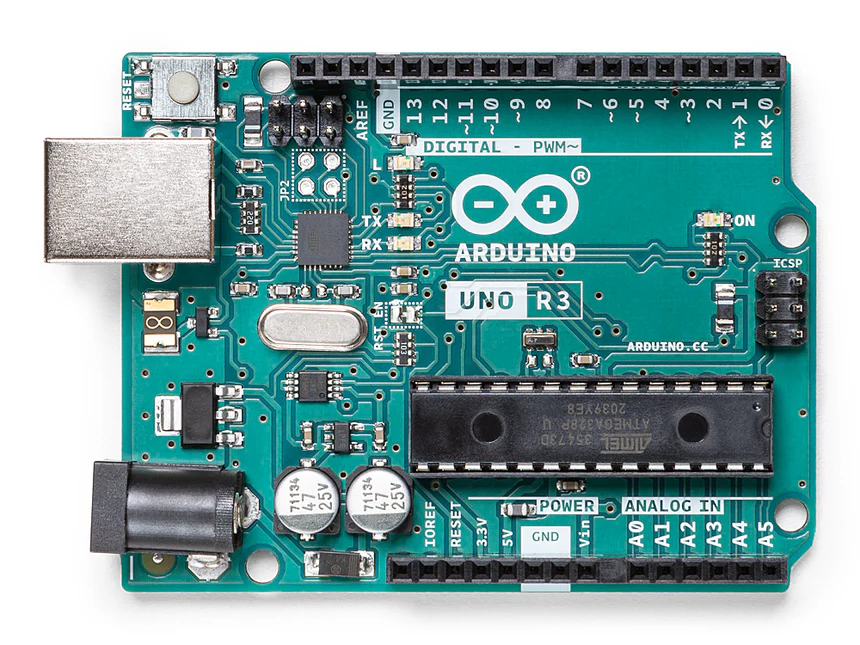
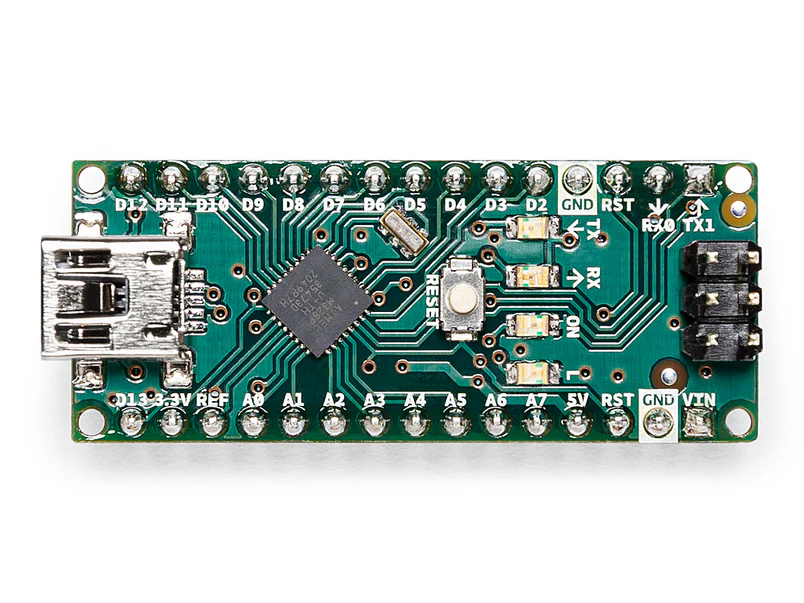
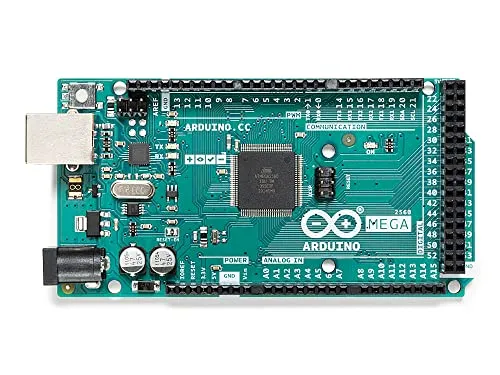
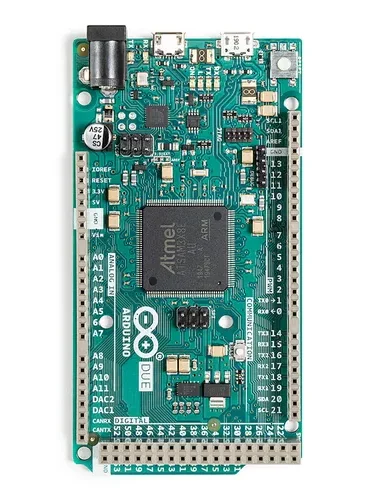
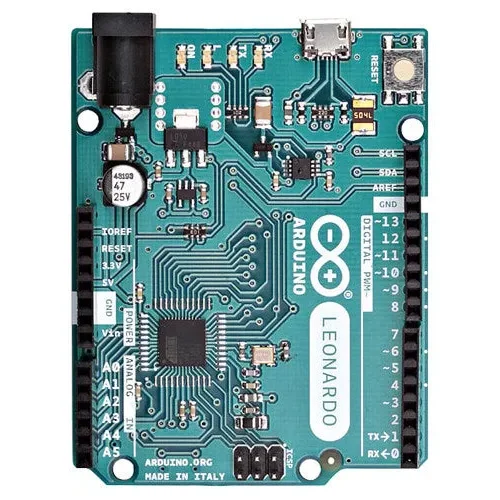
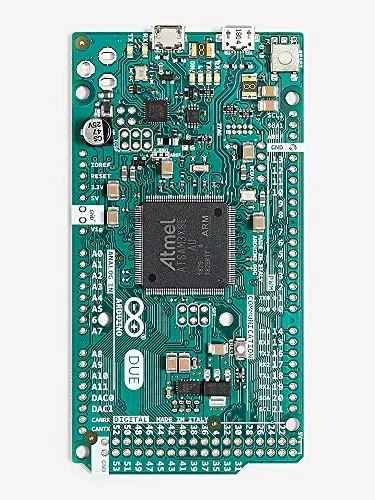
Conclusion:
Arduino revolutionizes the world of electronics with its simple, accessible, and powerful platform, making it a perfect tool for hobbyists, educators, and professionals alike. The ecosystem continues to expand, and the capabilities of Arduino boards keep pace with the evolving needs of technology enthusiasts.
it’s ease of use, flexibility, and strong community support make it a standout platform for a wide range of applications. Whether you’re an absolute beginner or a seasoned developer, Arduino empowers you to create, experiment, and innovate with electronics. Dive into the world of Arduino and start building the future today.
To get started on your Arduino journey these are the boards we have in stock for you
- Arduino Mega
- Arduino Nano
- Arduino Uno Rev3
- Arduino Lilypad
- Arduino Pro Mini – 3.3V/8MHz
- ESP-WROOM-32 development board
- ESP8266-12E WIFI Module Breakout ESP12E
- NodeMCU Lua Based ESP8266 ESP-12E DEVKIT cp2102
- ESP32-CAM with Base
For more components visit our site: https://anycomponentlab.com/
